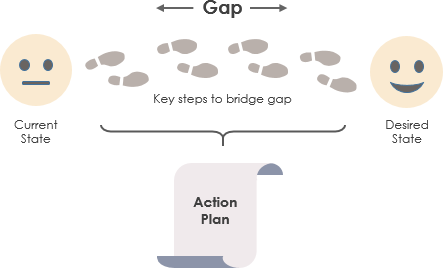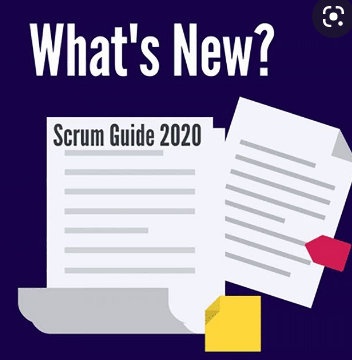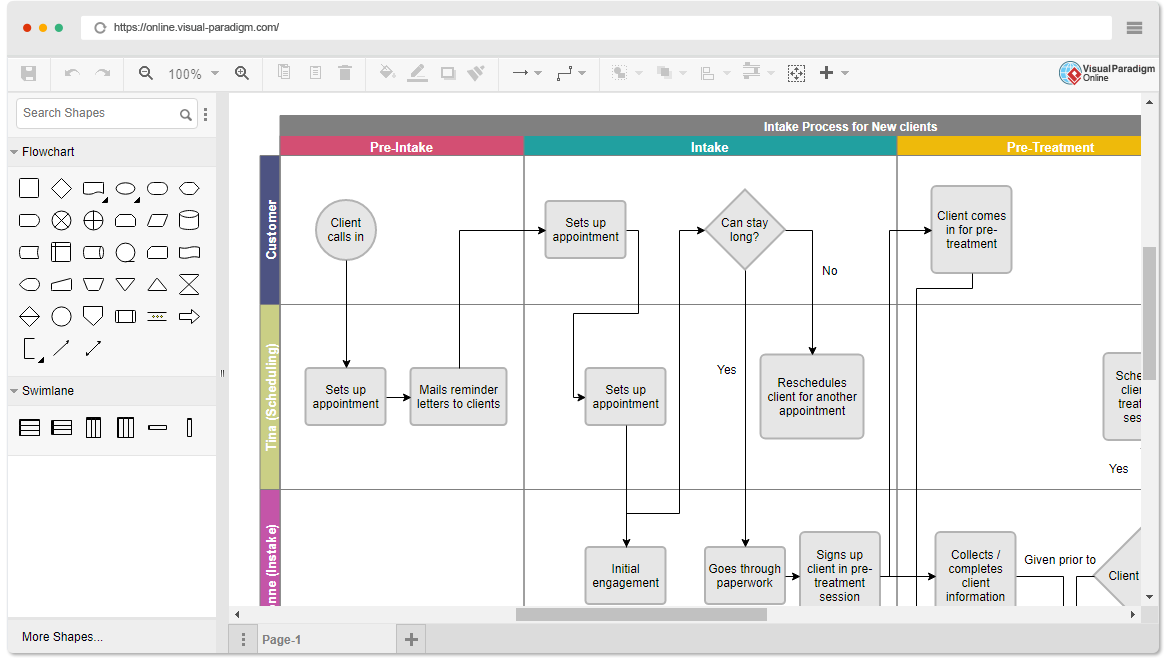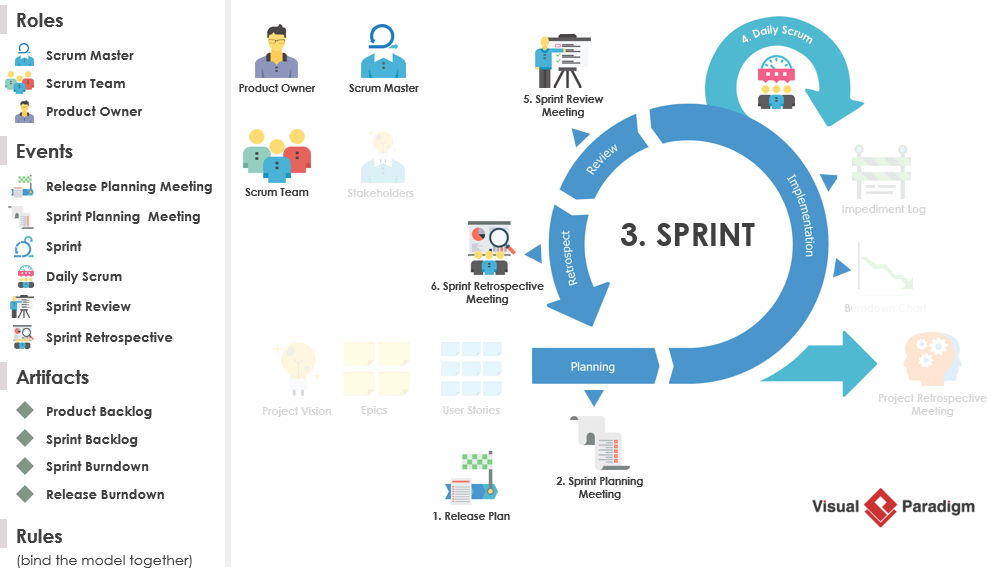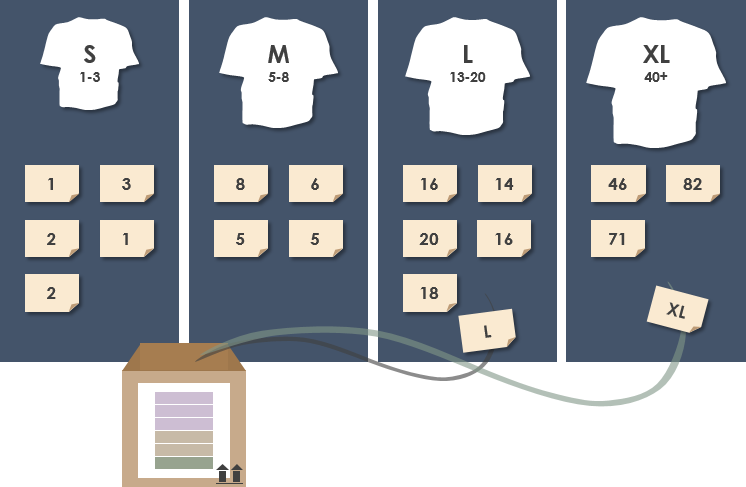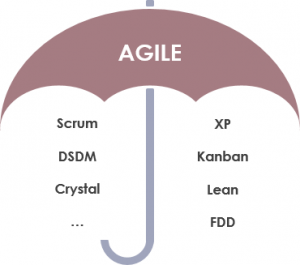Gap analysis involves the comparison of actual performance with potential performance. For example, a company does not make the best use of current resources, it may perform below an idealized potential. In other words, gap analysis is the process people use to examine their current state (or as-is process) with their desired state (to-be process) of a company. It typically is used to determine if the company is meeting expectations and effectively using resources that measure time, money and labor. The management team can then create an action plan to move the organization forward and close the performance gap.
Continue reading